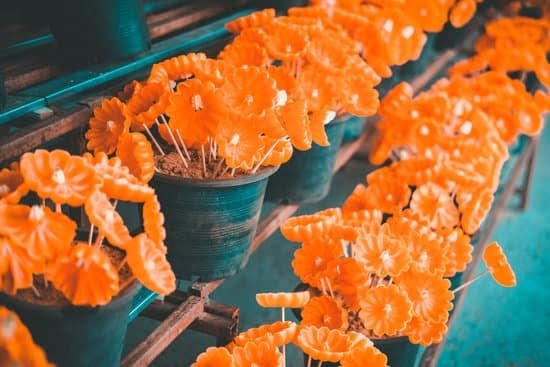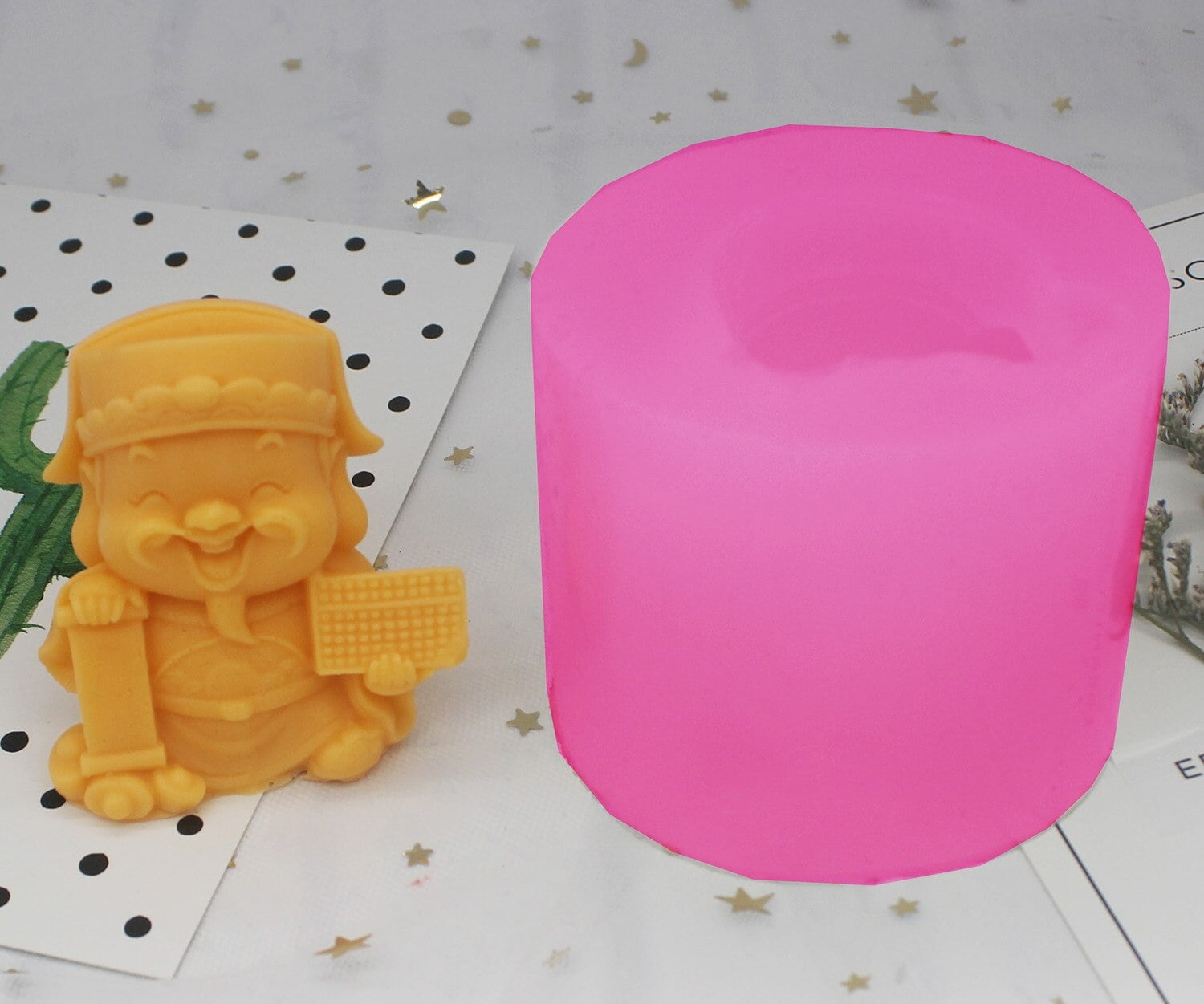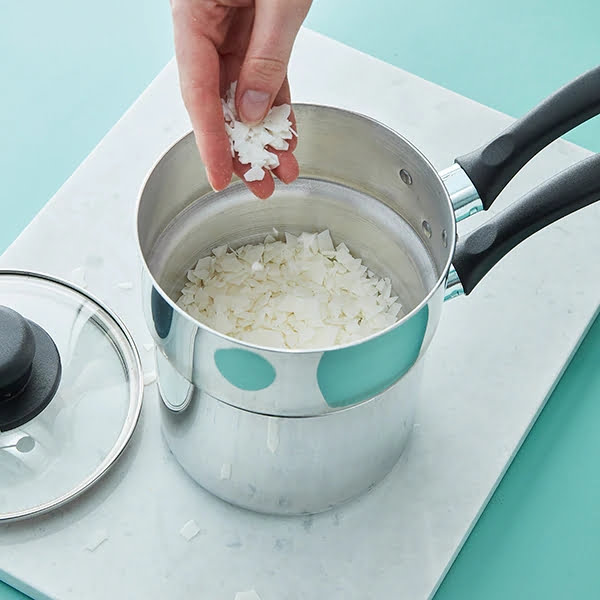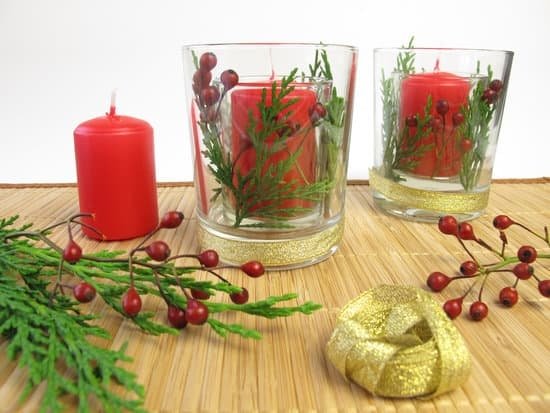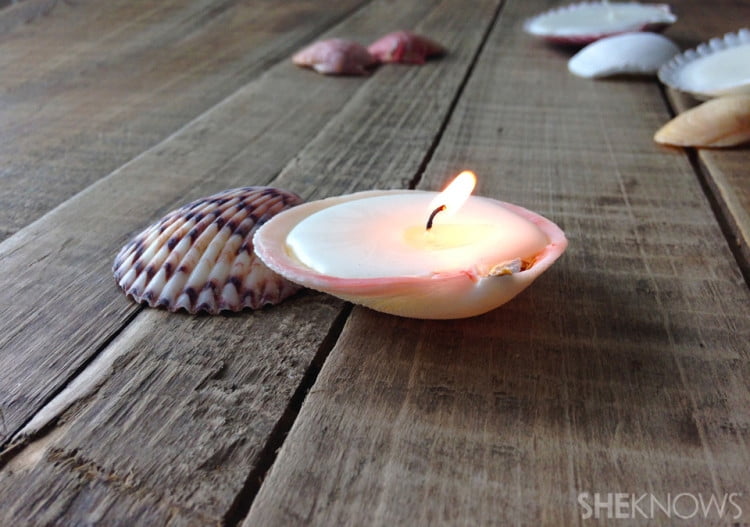Introduction
Candle making is a creative and fun activity that can be enjoyed by people of all ages. The process involves melting wax, positioning the wick, and then adding colouring, decorations, and/or fragrances to personalize the creation. Fragrance is one of the most important elements in candle making as it can help to create a pleasant atmosphere in any space. Depending on the type of wax you are using and how strong the fragrance should be, you may need to add more or less.
When do you add the fragrance? Generally speaking, fragrances should be added to your melted wax when it has cooled to around 180°F (candle makers often use a thermometer for this step). If you are using a water soluble oil dye or additive like fragrance oil it’s important to note that these can’t be added until your wax temperature is under 170°F. If your wax is heated too hot, these additives may burn off, resulting in an undesired outcome. After adding your fragrance oil, stir thoroughly before pouring into your vessels. This will ensure a consistent scent throughout each candle.
Types of Fragrance
When it comes to candle making, adding a scent is an important step. Most commercial candles on the market use synthetic fragrance oils that come in a wide range of scents and aromas. However, there are other types of fragrances available for making your own candles at home. Depending on the type of wax you are using, you may prefer one type of fragrance over another.
The most common type of fragrance used for candle making is synthetic fragrance oil. This type of oil consists of both natural and artificial aromatic compounds that have been blended together to create unique smells. Since this type of oil is made from chemicals, it has the potential to be stronger than natural oils, allowing for a deeper scent when burned or diffused into the air. When using synthetic fragrance oils, it’s important to follow manufacturer instructions as these oils can be highly flammable if used incorrectly or with too much heat when melting your wax. When adding fragrance to your candle wax, begin with a few drops and gradually add more until you reach your desired scent level.
Essential oils are also popular among candle makers providing a natural aroma free from man-made ingredients found in synthetic fragrance oils depending on the type being used (e.g lavender). Rarely used alone because they can be expensive, essential oils work well when combined with other aromatics such as plant extracts or infused additives like dried herbs and spices that produce amazing smelling results when burning candles or diffusing scented air around a room. Like with synthetic fragrances, it’s best to start off small and increase how much essential oil you use as needed until you achieve the desired aroma strength level.
Overall, adding fragrance is what will define your finished product so be sure to find something that complements both the character and style of your candle creation!
Concentration Levels
The optimum amount of fragrance to add to a candle depends on the concentration level desired, as well as the type and size of candle being made. Generally, for candles with containers, somewhere in the range of 0.5-4% fragrance may be used without affecting the burn characteristics. Pillar candles and votives tend to require less fragrance due to their small sizes and can do best with concentrations in the 1-3% range. It is not advised to use more than 4% in any candle unless needed for a very specific reason due to it potentially shortening the overall life span of your candle.
The best way to determine an appropriate concentration level for your candle is to experiment with different amounts until you find what works best for you. Not all waxes need the same exact amount; trial and error can help you find your perfect ratio.
Best Practices
1. Always use fragrance oil specifically designed for candle making as regular essential oils are not safe to burn.
2. Use the manufacturer’s recommended ratio of wax to fragrance. This will vary depending on the type of wax used, however most brands prescribe a ratio of between 0.7 to 1 ounce of fragrance oil per pound of wax.
3. Always melt and mix your wax at a low heat – around 150° Fahrenheit – so the delicate constituents in fragrances do not vaporize or evaporate faster than desired.
4. Make sure the fragrance is thoroughly mixed into the melted wax before pouring it into your containers or molds; if it doesn’t mix properly, you may end up with “hot spots” within the candle that has a higher than desired concentration of fragrance oil exposed to heat when lit, causing them to burn away too quickly or produce an undesirable scent experience when burning.
5. Let your candles cure properly before testing – this can take days or weeks depending on the thickness – and allow at least 24 hours for any added fragrances settle in; add more fragrance if necessary after this time frame and gently re-melt and mix again accordingly.
Blending Basics
When adding fragrance to candle making, it is important to think ahead and plan the scent profile before beginning. Fragrance should be added when the hot wax reaches a temperature of between 140ºF and 175ºF, depending on the type of wick being used – for example a finer wick requires a lower temperature. The ideal temperature range allows enough heat to fully melt the wax associated with the scented oils and make sure that they are fully incorporated into the mix while avoiding any loss of fragrance due to too much heat. Additionally, slower stirring during this process ensures that all fragrance molecules are evenly combined in the melted wax mixture. Too light of a stir will cause uneven scenting meaning some areas may contain more oil than others. Once added, it’s suggested that one should not add color too soon since higher temperatures can fade them.
Scent Retention
Fragrance needs to be added while the wax is still in liquid form, typically after the melting and pouring temperature. This will ensure that the scent has enough time to absorb into the wax and increase its scent retention. To maximize the amount of fragrance absorbed, it may be helpful to use a fragrant oil which has been pre-diluted with dipropylene glycol (DPG). DPG helps disperse the essential oils evenly into the melted wax. Adding fragrance at a lower temperature can be beneficial for certain types of fragrances and candles. If this method is used, it is important to make sure that any remaining bits of fragrance are filtered out before pouring with a simple wax filter. After candle pouring, you can add additional fragrance on top of the melted wax by misting or sprinkling it on until it is soaked up by the surface of your candle. Once this happens, roll your candle upright gently so that any remaining pieces are settled in nicely.
Efficient Distribution
When adding scent to a candle, it is important to make sure it is applied evenly throughout the wax. Applying too much fragrance in one area could lead to a pooling effect, causing the heated wax and fragrance to eventually leak out. Here are some strategies to ensure efficient distribution of fragrance throughout the candle:
1. Choose an appropriate container size – When adding fragrances, choosing a container that is the right size can help maximize efficiency and ensure even distribution.
2. Consider blending -Blending multiple fragrances together allows you to more easily create a more uniform blend of smells throughout the candle.
3. Layer your scents – Layering different amounts of flavored oils within layers helps ensure that each will have time to sink into the wax evenly, helping spread the overall smell through all areas of the candle evenly before it sets.
4. Concentrate at pour points- To get heavily scented areas without any pools of oil collecting, concentrate your fragrance at the points where you will be pouring with extra drops so that those regions are covered extra well as it spreads throughout via gravity or movement of air when turned or lit up!
Summary
When making a candle, adding the fragrance correctly and accurately is essential for having a great-smelling and successful final product. Adding the fragrance oil at the right time ensures that it will be properly dispersed throughout your wax which results in an even scent coverage. Additionally, adding fragrance at the correct stage of candle making prevents problems such as over-volatilizing or darkening due to the heat of melting process. Adding the oil during later stages can also help to avoid spilling or splashing any excess liquid onto walls or materials near your work area. Accurately adding fragrance will also eliminate any worries about whether you added enough scent oil, whether your candles are heavily scented, or if there are any weak areas in their overall fragrance concentration.

Welcome to my candle making blog! In this blog, I will be sharing my tips and tricks for making candles. I will also be sharing some of my favorite recipes.

